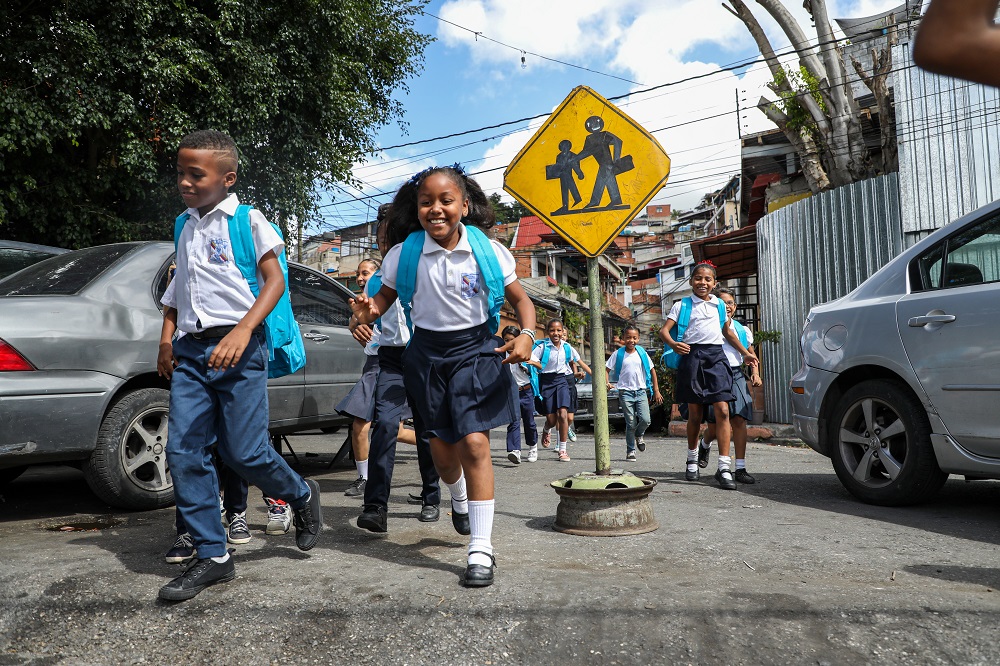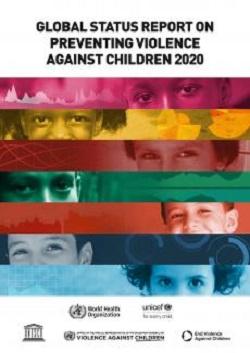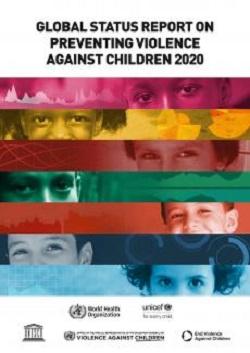
Today, the Global status report on preventing violence against children was released for the first time by the World Health Organization (WHO), UNICEF, UNESCO, the Special Representative of the United Nations Secretary-General on Violence against Children and the End Violence Partnership.
The report charts progress in 155 countries against the INSPIRE framework, a set of seven strategies for preventing and responding to violence against children. The report signals a clear need in all countries to scale up efforts to implement those strategies. While nearly all countries — 88% — have key laws in place to protect children against violence, less than half of countries — 47%) — said these were being strongly enforced.
There is never any excuse for violence against children. We have evidence-based tools to prevent it, which we urge all countries to implement. Protecting the health and well-being of children is central to protecting our collective health and well-being, now and for the future.
By collecting and analysing self-reported feedback by 1,000 decision-makers, the report provides a snapshot of countries’ progress toward global targets. The report includes the first-ever global homicide estimates for children under 18 years of age, as previous estimates were based on data that included 18 to 19-year olds. It finds that, in 2017, around 40,000 children were victims of homicide.
Overall, progress is uneven across the world: Between 32% to 37% of countries considered that victims of violence could access support services, while 26% of countries provided programmes on parent and caregiver support; 21% of countries had programmes to change harmful norms; and 15% of countries had modifications to provide safe physical environments for children.
In addition:
- While nearly all countries have key laws in place for preventing violence against children, less than half of government respondents felt these were being enforced strongly enough.
- 83% of countries have national data, but only 21% of those countries use those data to set baselines and national targets to prevent and respond to violence against children.
- About 80% of countries have national plans of action and policies to prevent violence against children. Even so, only one-fifth of countries have plans that are fully funded with measurable targets.
- Laws against violence that affects children and laws restricting exposure to alcohol and firearms are widely enacted, but often, they are inadequately enforced by governments.
The report also talks about COVID-19 and its impact on children. The pandemic’s isolation measures have led to an increase in violence, abuse and domestic abuse across the globe, and the report highlights those trends with a focus on children’s experiences.
“During the COVID-19 pandemic, and the related school closures, we have seen a rise in violence and hate online – and this includes bullying. Now, as schools begin to re-open, children are expressing their fears about going back to school,” said Audrey Azoulay, UNESCO Director-General. “It is our collective responsibility to ensure that schools are safe environments for all children. We need to think and act collectively to stop violence at school and in our societies at large.”
To download the report in English, click here. The report is also available in Chinese, French, Russian and Spanish.
For related materials, including key finding fact sheets, infographics and other languages, click here.
Pictured above: Children run to their houses after school in Venezuela. Photo by Enrique Patino Orozco for UNICEF.



